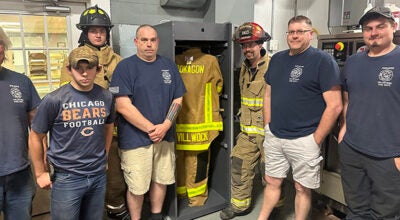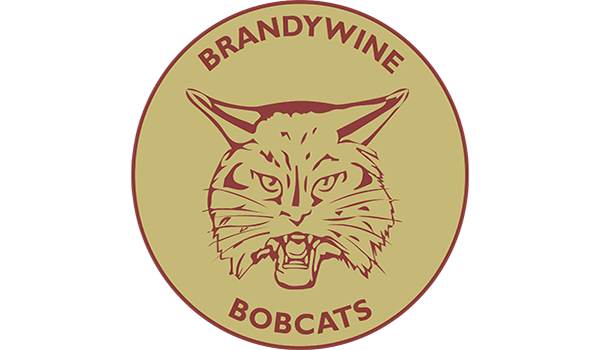Ask Trooper Rob: Why does the state police use the single red lights?
Published 10:11 pm Wednesday, January 11, 2012
The Michigan State Police (MSP) patrol car is perhaps one of the most recognizable in the nation with its single red “bubble” or “gumball” overhead light, blue paint and “stop” placard.
But we’re consistently being asked one question: Why does the Michigan State Police have a single red overhead light on its cars? As the only state police department in the country to use this design, the single overhead red light is unmistakably identifiable to Michigan residents and other law enforcement agencies.
Many people often assume it is used today solely as tradition.
But there’s more to the story. The MSP has had marked patrol cars since 1929. Originally, the only emergency lights were red spotlights mounted on the right-front fender with the word “stop” on the glass. The department began using overhead convex-shaped light fixtures with front and rear red bulbs in the 1940s. The light as we know it today was first installed on patrol cars in 1956.
While many are accustomed to this look, the benefits go beyond tradition. The single overhead light has been proven to enhance acceleration and performance.
The nationally recognized Police Vehicle Evaluation, conducted by the MSP Precision Driving Unit, has found vehicles with a full overhead light bar accelerate slower than vehicles with a single overhead light.
Additionally, the reduced forward-facing surface area of the single light provides greater fuel savings when compared to the larger surface area of a light bar. In the past couple of years, the MSP’s “bubble” overhead light began to undergo a conversion to Light Emitting Diodes (LEDs) to improve its energy efficiency.
Working with Whelen Engineering, a Brighton-based firm, a prototype was developed. And after nearly four years of research, development and testing, Whelen Engineering and the Precision Driving Unit produced a light kit that fits in the existing overhead light shell. The new LED overhead light produces an intense, wide-angle red light in all directions that only requires three amps to operate.
Each kit uses 12 light heads, nine LED bulbs per head, for a total of 108 lights in each car — far more than most standard light bars. The LED bulbs have a 100,000-hours-of-use rating and a five-year warranty from date of service. To reduce installation costs, current MSP patrol cars are fitted with the new LED overhead light kits when there is a light failure.
Since the LED lights are maintenance free and eliminate the need for heavy-duty wiring and special switches, the MSP estimates this will ultimately result in a cost-savings. And this single red beacon isn’t the only lighting on the car. The MSP has had rear deck lights on the patrol cars for many years. These lights were originally red, but are presently a combination of both red and blue.
The cars also have flashing front-grill “wig-wag” red and blue lights and “wig-wag” headlights when the overhead “bubble” light is activated. (Reprinted from the MSP Facebook page)
The second trooper to fall while with the MSP was Sgt. Milan Pratt, also of the Farmington Detachment. Pratt enlisted in the department on Dec. 10, 1920 and on April 15, 1922, at age 25, was riding motorcycle patrol on a paved stretch of Plymouth Road near Wayne.
Pratt was chasing a suspected rum runner car when suddenly a rural mail carrier’s automobile entered the road in the path of Pratt. Swerving to avoid a collision, Pratt lost control of his motorcycle, drove into a ditch and was thrown from the bike into a cement culvert. He died instantly of massive head injuries. Helmets were not worn then.
Pratt was a U.S. Navy veteran from World War I and is buried in Empire.






